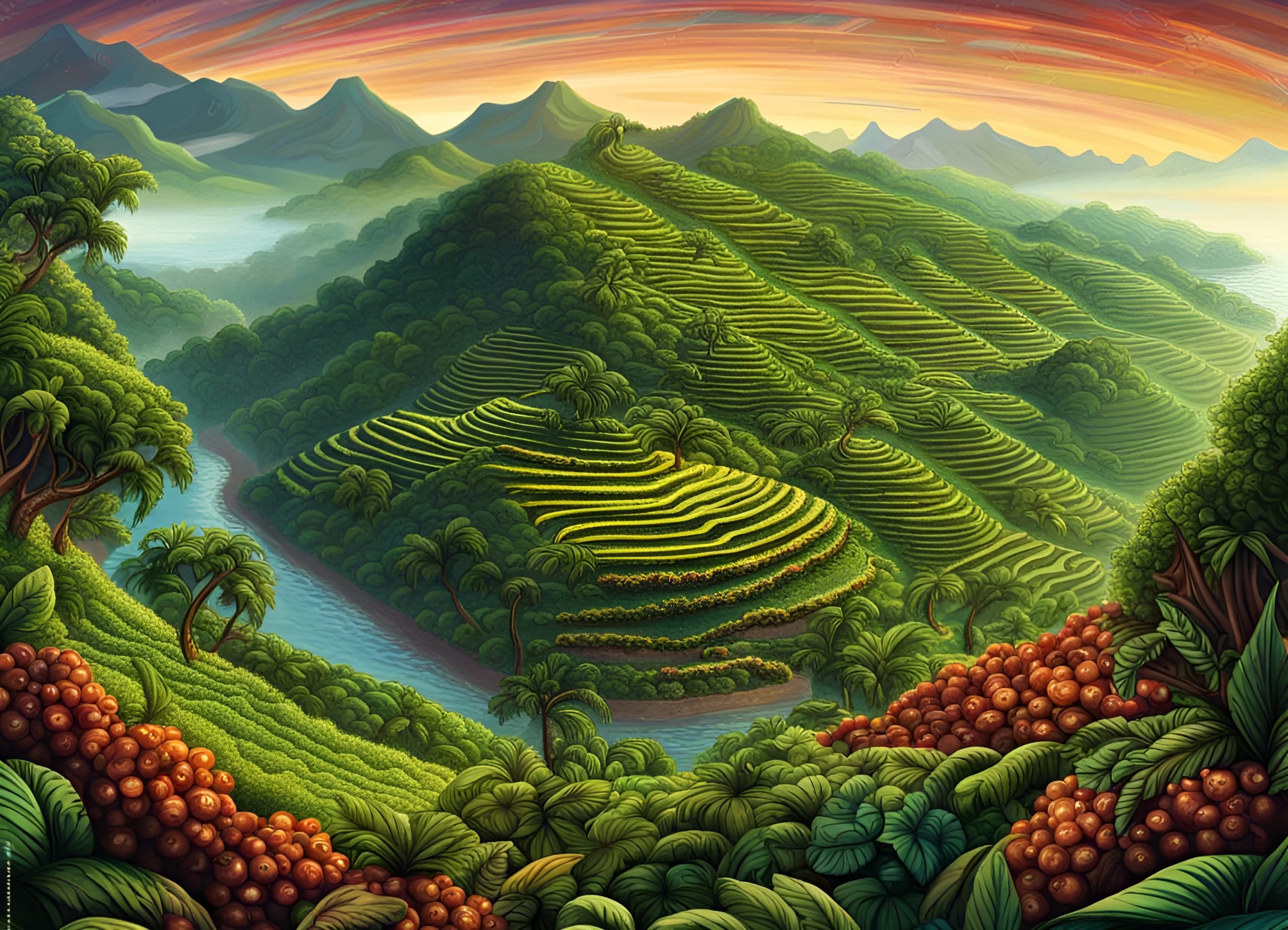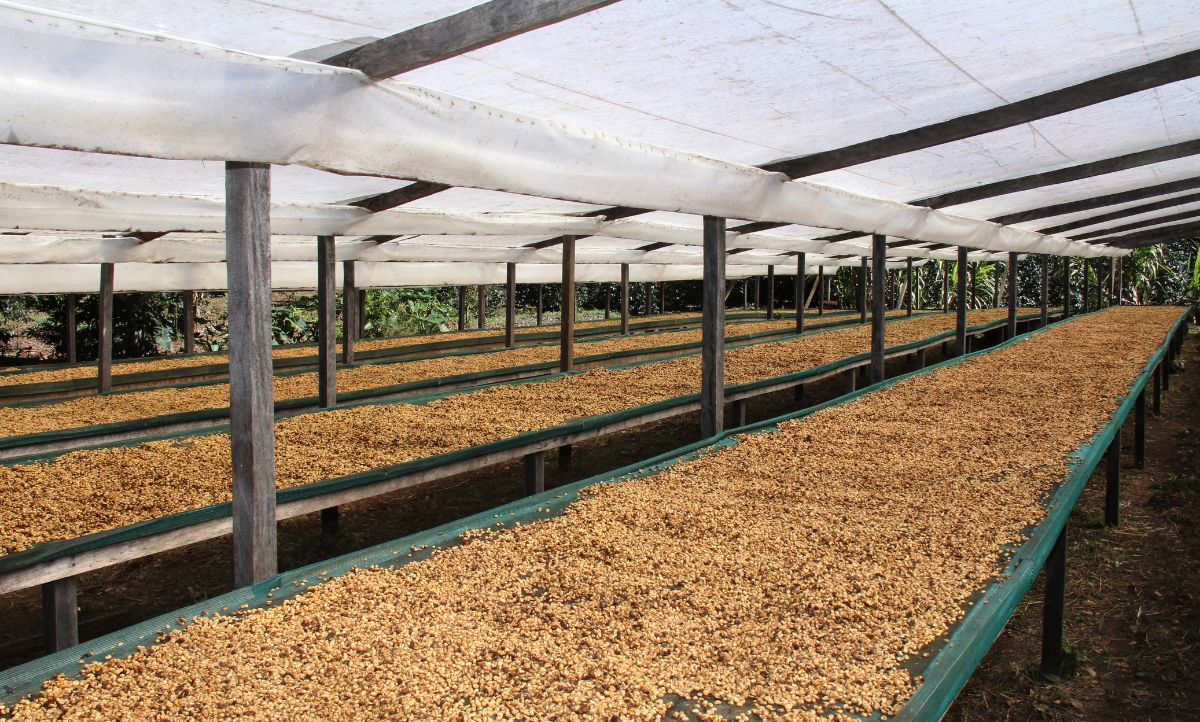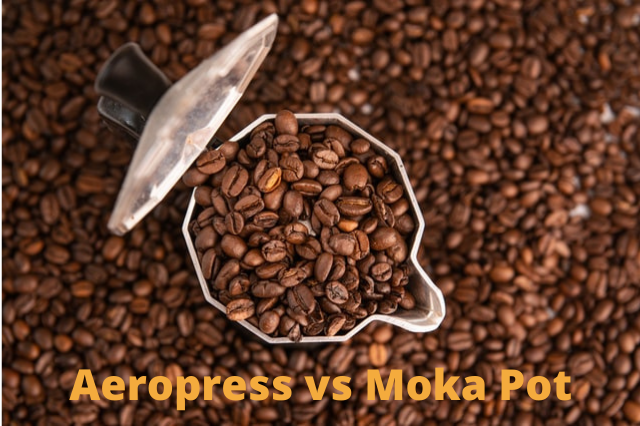Coffee is one of the world’s most popular beverages, with millions of people beginning their day with a cup of this aromatic elixir. Surprisingly, in some circumstances, the nickname “Java” is used interchangeably with coffee. Have you ever wondered why is coffee called Java? This article dives into the intriguing history of this strange association.
Island of Java
Java is an island in Indonesia between Sumatra and Bali. Population 145 million and area 128 297 км². It is known for its coffee, which comes from a distant land but makes us feel at home. The island’s geography, fertile land, and many mountains create a perfect climate for growing coffee. Since 1699, Java has been producing and spreading coffee worldwide.
Java, an Indonesian island, is not only a successful agricultural exporter but also a magnificent tourist destination with lush picturesque views and a warm and welcoming culture.
It’s All Because of the Dutch!
Coffee is a beverage of choice for many people today, but it was first made available to Western societies for wide consumption just a few hundred years ago.
The Dutch East India Company brought coffee seeds to Batavia (present-day Jakarta) in Jakarta, their capital city before the island known as Java, around 1696. In 1706, the first cup made of Java coffee was delivered to Amsterdam to be sampled and a single coffee plant.
Fun Fact: It was cultivated through Hortus, the head of the Amsterdam Botanical Gardens, and was the seed stock for coffee plants introduced in Brazil and the Caribbean! In the early 19th and 20th centuries, the coffee from Java island of Java became increasingly well-known. This is the reason Java was a synonym for coffee. The coffee on the island was called Java.
Trade in Java
The Dutch controlled Indonesia from 1627 to 1942. Their main concern was exploiting both commerce and the agriculture of plantations, particularly coffee. They established a force work system that proved quite effective in Java.
In the 19th century, Indonesia’s island of Java was the top manufacturer of Arabica coffee. A catastrophe struck in the 1880s after a plague destroyed much of the coffee crop.
Following the destruction of the plague that destroyed many Arabica plants, the Dutch came up with Robusta. Robusta is typically thought of as an inferior bean in comparison to Arabica. However, Robusta was considered superior due to its ability to fight off the diseases that afflicted the Arabica plants.
In the end, Arabica production returned to the islands. While Arabica coffee predominantly dominates the imported Java coffee market in Canada and the United States, the Java coffee plant’s production is still overwhelmingly covered by Robusta, accounting for 90 percent of its cultivation.
Now on Java Island
Java became independent in 1949 and is the most developed island in Indonesia. Traditionally, Java has a wealthy and lower class working in farming. Although Java is becoming more modern, only 75% of the island has electricity.
Coffee played a big role in the island’s development. Railways were built to transport coffee from the plantations to the harbor. Even today, Java helps Indonesia be the fourth largest coffee producer in the world, after Brazil, Vietnam, and Colombia.
Java has four big coffee plantations: Djampit, Blawan, Pancoer, and Kayumas. Together, they produce 85% of the coffee in East Java
Arabica Java Coffee
While Java is a different term to describe the cup of coffee but it’s also a distinct type of Arabica beans. As you may have already guessed, Java Arabica coffee is produced on the island of Java at an altitude of around 1,400m on the Ljen Plateau.
The coffee is processed with water (washed). This means the carefully picked green cherries of coffee are cleaned immediately after harvest while damp to eliminate the coffee’s fruity substance. This produces a deliciously fresh taste. However, it results in the coffee losing some in its weight.
Java Arabica coffee features an effervescent, heavy body, an aroma of nutty, bright acidity, and a long-lasting end. It has a rich taste, subtle hints of nutty chocolate, and malty and sweet flavors.
Monsooning Coffee Java Beans
Alongside wet processed Java Arabica beans Java beans are also often monsooned or aged. The method known as “monsooning” exposes unroasted green coffee beans to the humid, warm air that is typical of the rainy season.
This process can last from one to three years! Monsooned coffee beans make an amazing drink. Acidity is diminished, creating a sweeter, woody roast flavor with a more robust body and virtually no acidity.
Java Programming Language
Java may not be the primary thing that pops into your mind when you think of coffee. Many people are familiar with Java with computer programming languages with similar names! What is coffee got to have to do with computing?
James Gosling is the inventor of the Java computing language, a general-purpose computer language. The product’s original name was Oak in honor of the oak trees visible from the office of Gosling.
Because of trademark issues, the name needed to be changed due to trademark issues. At the beginning of 1995, the business gathered to come up with names that could be used. One participant mentioned Java to illustrate a possible name that might not work.
After a lot of brainstorming, Java made a list alongside DNA Silk. In the end, the computer language was called Java. They were looking for a name reflecting technology but not appearing too geeky.
What better name to choose than Java in the search for an exciting name that is memorable, unique, and original? Much like coffee, They wanted the name to be appealing to all.
You can also read: 40 Words For Coffee Lovers
FAQs
What makes Java coffee unique in terms of flavor?
Java coffee stands out for its medium body, mild acidity, and subtle earthiness, which sets it apart from other origins. The rich volcanic soils and Java’s ideal climate contribute to its unique flavor profile.
Is Java the only nickname for coffee?
No, there are various nicknames for coffee, such as “Joe,” “Cup of Joe,” “Mud,” and “Caffeine Fix.”
When was coffee first introduced to Java?
Coffee was first introduced to Java in the late 1600s by the Dutch East India Company.
Are there any other islands known for coffee production?
Yes, other than Java, islands like Sumatra, Sulawesi, and Hawaii are also famous for coffee cultivation.
Summary
Ultimately, why is coffee called Java is an intriguing story of trade, exploration influences, cultural influences, and linguistic development. From the ancient coffee forest in Ethiopia to bustling coffee shops in Java and beyond, the coffee journey has not been typical. The word “Java” has become deeply associated with the coffee culture, influencing how we view and define this adored beverage.

My name is Richard! I am a fulltime coffee fan! I found my passion for Coffee ancient at high school and have researched that fire for more than a decade today. My passion for coffee has enabled me to experience a lot of the world throughout my coffee mug, and now I always look forward to sharing my knowledge with you!




